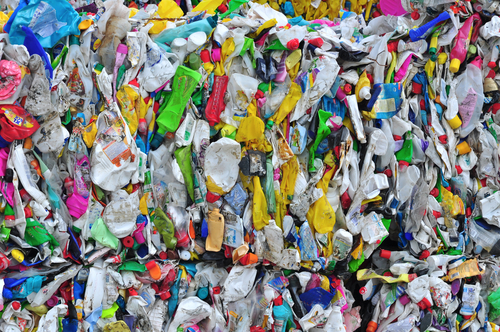
Researchers from Pennsylvania State University will be looking into whether plastic waste can be upcycled into graphite to preserve resources and prevent waste from going to landfills.
Using a seed grant from the Materials Research Institute, the Penn State researchers will explore ways to turn single-use plastic waste into high-quality graphite, the university said.
“We literally have mountains of plastic waste, millions of tons every year, and most of it is still going into the landfill,” said Randy Vander Wal, professor of energy and mineral engineering, materials science and engineering, and mechanical engineering at Penn State. “But what if we have the opportunity to take a waste product that has no destiny per se and turn that into graphite?”
According to McKinsey & Company, an estimated 37 million tons of plastic are used each year, with about 16 million tons being “single-use” plastics used in the foodservice industry and discarded. Americans use roughly 100 pounds of packaging and food-service plastics per person, per year.
Researchers will look at taking that single-use plastic waste and turning it into high-quality graphite – similar to the graphite used in lithium-ion batteries used in electric vehicles.
“When everyone thinks of lithium-ion batteries, they think of lithium, which is a critical mineral, but quality carbon in the form of graphite is also needed in lithium-ion batteries,” Vander Wal said. “And there will be a huge shortfall in the graphite needed for batteries.”
By using graphene oxide to provide the oxygen required for stabilization and an aromatic framework to guide reconstruction, researchers believe they can turn the plastic into graphite material, creating a new path for graphite manufacturing through energy saving, lower temperature processes with reduced carbon dioxide emissions.
“We’re looking at a way to intersect a waste product with little commercial value and turn it into a commercial product with value but also facilitate the clean energy transition,” Vander Wal said.